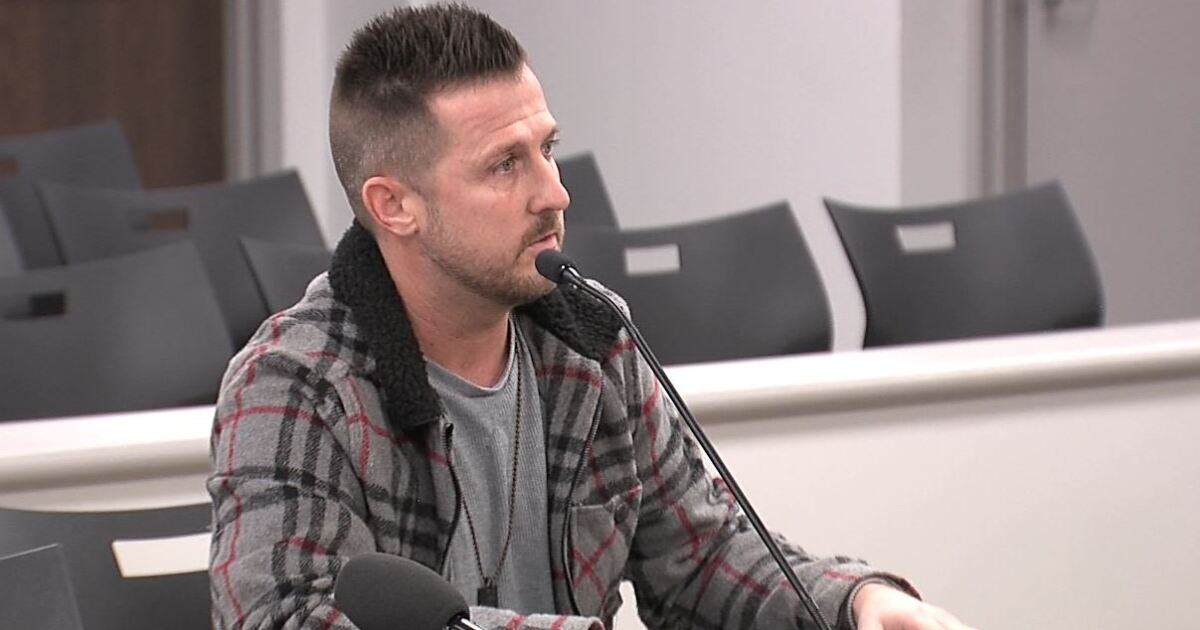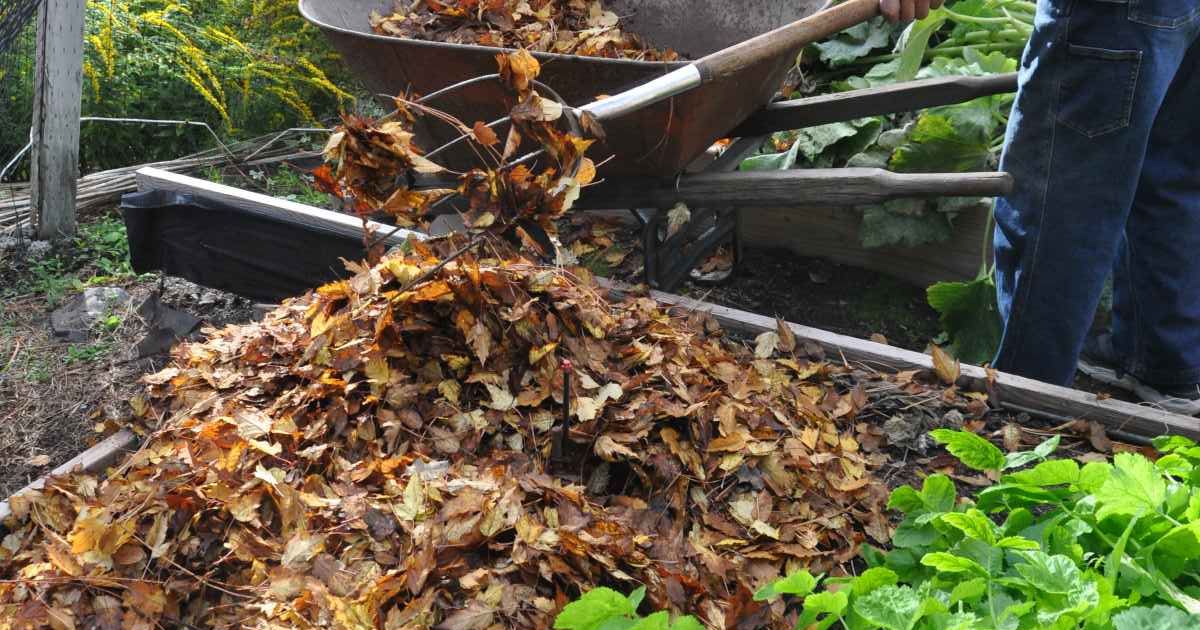Fall is my favorite time of year. Unlike last year, the air has been just cold enough to turn the trees into blazing candles. Once we get a good frost, the colors will be even brighter. So, what makes trees turn color?
Deciduous trees use several biological signals to tell them when it’s time to drop their leaves. As the days shorten and the temperatures cool, chemical changes in the trees slow the metabolism and begin to pull sugars stored in the leaves down into the roots. This process also removes the green chlorophyll from the leaves and leaves behind the yellow, orange and red pigments we see. At some point the stems holding the leaves receive a chemical signal to harden off the attachment point, which breaks the bond with the leaf and it falls away.
Once the blaze of color has fallen to the ground, what the heck can you do with them? Instead of raking them up and throwing them away, leave them be.
The environmental philosophy of what to do with fall leaves and needles is changing quickly. Instead of treating them as something to get rid of, we are beginning to treat them as garden gold and keep them on the soil. Gone are the days of thinking that clean, bare soil around plants is the sign of a well-kept landscape. Instead, it is a biological desert.
Leaves and pine needles (no, they do not acidify the soil) are a source of organic material for shrub beds and vegetable gardens. They protect the soil from erosion, moisture loss and weed development. They break down into humus that feeds soil microbes and provides nutrients to plants. As a mulch, they provide shelter for small critters that add to the biodiversity of your garden.
So, this year when you start your fall leaf and needle clean up, think about leaving the debris on the garden beds. I have done this for the last couple of years and have been rewarded with fewer weeds, better irrigation retention and a lot less work.
My method starts by roughly removing needles and leaves from the tops of the perennials and small shrubs and raking them onto the lawn. I then mow and bag them and any standing lawn with my mower. This yields a perfect blend of green and brown material needed to make a good compost. I then put the material back on my beds, tucking it under the plants about three to four inches deep. It will compact down over the winter leaving a nice-looking bed in the spring.
This is best done when the materials are still dry as wet material is hard to mow and heavy to manage. I do this several times if time permits because smaller loads of mulch are easier to manage. This may not work well if you have a battery -powered mower unless you do it in small increments the mower can manage. But it is worth the effort.
Fall Leaf Festival
Want to play in the leaves? Then come to the Fall Leaf Festival at the Finch Arboretum on Saturday.
The free event will be from 11 a.m. to 2 p.m. The arboretum is at 3404 W. Woodland Blvd.








